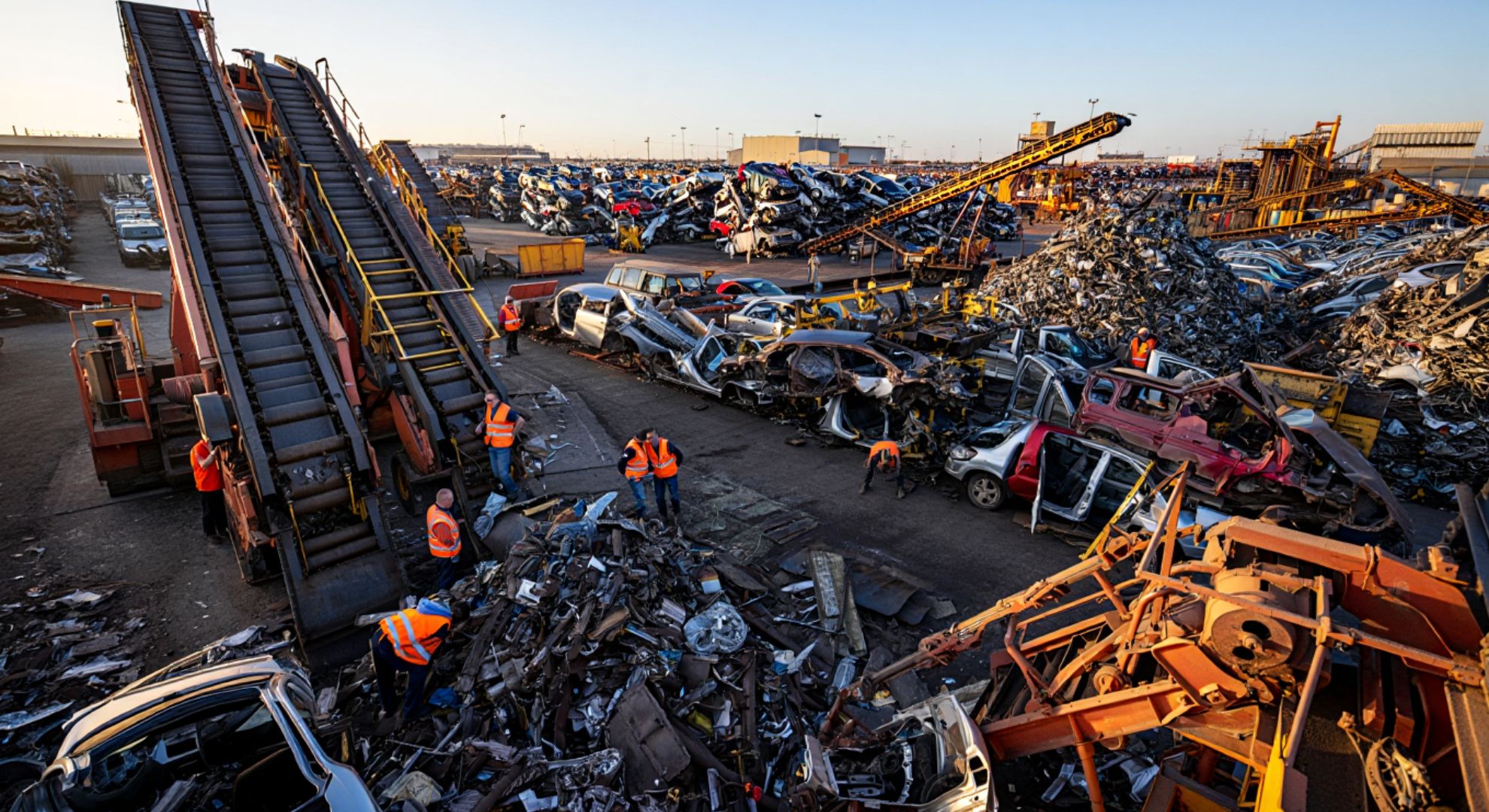The European Union has made a resounding decision that will shape the future of transportation on the continent. Attention is now needed—change is coming, and this time, it’s irreversible. As the new policy sets its sights on the heart of the automotive industry, every stakeholder—from car manufacturers to the average commuter—will feel the impact.
A Defining Moment for Mobility
On the surface, this legislation appears as just another environmental regulation, but the implications run deeper. For over a century, gasoline cars have been a staple of European roads, synonymous with freedom and mobility. That era is about to end.
“This is not just a policy shift—it’s a civilizational shift for our generation,” remarks Clara Jensen, an automotive policy analyst. Driving will never be the same.
What the New Law Dictates
The agreed regulation means that no new cars powered by gasoline or diesel will be sold in EU countries after 2035. Hybrids, plug-in hybrids, and other creative loopholes are excluded. From that date, only vehicles producing zero tailpipe emissions may be registered.
Key points of the legislation include:
-
- All new vehicles sold after 2035 must be zero-emission at the tailpipe.
-
- Existing gas vehicles may remain in use but cannot be newly registered from 2035 onwards.
-
- The measure does not directly ban gasoline cars—sales, not possession, are restricted.
This is, in essence, an open endorsement of electric cars as the main alternative. “The technology isn’t perfect yet, but with this deadline, the industry will have no choice but to accelerate,” says Dr. Tomas Beck, a battery technology expert.
Why Is This Happening Now?
Several factors propelled the EU toward this landmark decision. Climate scientists have long warned that transport emissions are one of Europe’s biggest environmental challenges. Road traffic currently accounts for almost one-fifth of EU CO₂ emissions. The EU faces strict climate targets, and decarbonizing the automotive sector is crucial.
Additionally, public sentiment is shifting. Awareness of climate change has seeped into every corner of society, prompting policymakers to act bolder. Meanwhile, car manufacturers face mounting pressure to innovate or risk obsolescence.
Gas vs. Electric: The Comparison
What will consumers actually experience? Here’s how electric and gas-powered vehicles compare under the upcoming regime:
| Feature | Gasoline Vehicles | Electric Vehicles |
|---|---|---|
| CO₂ Emissions | High (tailpipe) | None at tailpipe |
| Refill/Charging Time | 5 minutes (refuel) | 20-60 min (fast charge) |
| Maintenance | Frequent (oil, etc.) | Less frequent |
| Upfront Cost | Lower (for now) | Higher, but falling |
| Running Costs | Variable: rising fuel | Lower, stable electricity |
| Longevity | 10-15 years typical | 10+ years, improving |
Is the EU simply forcing a new technology? Or making the only responsible choice available? Advocates argue that the planet cannot wait for gradual, voluntary change. “The timeframe gives both industry and consumers plenty of roadmap to adapt, and accelerates technology that was already on the rise,” says Anne-Pauline Dubois, a Brussels-based environmental lobbyist.
How Industry and Consumers Are Reacting
European carmakers had, in many cases, already begun this shift, anticipating regulatory change. Giants like Volkswagen, Stellantis, and Renault have announced ambitions to go all-electric well before the deadline. However, uncertainty remains. Will charging infrastructure expand fast enough? Can supply chains deliver the minerals and components needed for battery production?
Consumers, meanwhile, are split. Urbanites with short commutes may welcome the quieter, cleaner ride—especially as cities clamp down on air pollution. Rural drivers and those with longer journeys worry about range, charging speed, and affordability.
The Road Ahead
The implications reach beyond tailpipes. National economies dependent on auto manufacturing must transform their workforce and infrastructure. Research into battery recycling, next-gen charging stations, and renewable power generation is surging. Car enthusiasts, too, face a new reality; the roar of an engine may soon be a nostalgic memory.
Change is disruptive. Yet for many, it’s a hopeful sign that collective action toward sustainability is not just possible but inevitable.
As 2035 inches closer, the only constant will be uncertainty—and, perhaps, the hum of an electric motor cruising silently toward the horizon.
